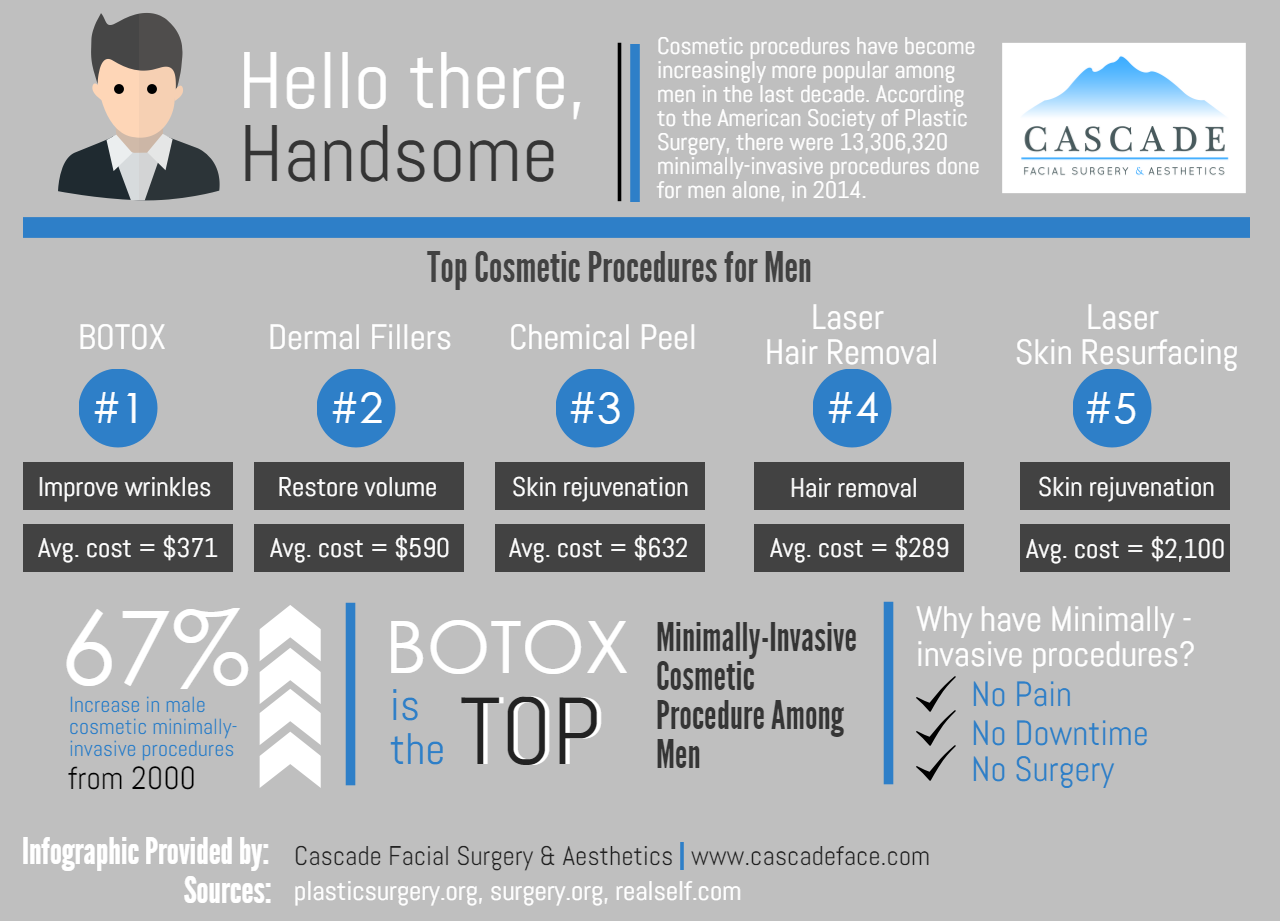How Does Puberty Affect Acne
How Does Puberty Affect Acne
Blog Article
Reasons for Acne on Cheeks
Acne breakouts in the cheek location are activated by many points, from touching your face often to not changing your pillow case commonly enough. Picking at imperfections boosts your risk of infection and scarring, and particular medications can worsen dark places (postinflammatory hyperpigmentation).
Thankfully, there are numerous methods to avoid and treat cheek acne. These include:
1. Hormonal Changes
Acne is largely caused by hormones, especially those produced during puberty and maternity. For some, a family history of acne might additionally add to their problem. Anything that blocks pores, such as oil-based skin care products or waxy hair products, can trigger acne. Numerous topical therapies, like benzoyl peroxide and salicylic acid, can deal with microorganisms and unclog pores. Those with serious or chronic acne ought to seek treatment from their medical professional.
Stay clear of touching or pressing your acne, as this can press a few of the germs deeper into the skin, leading to an extra extreme outbreak. It is likewise essential to change pillow cases regularly and make use of tidy make-up brushes. You ought to also try to stay clear of toxic irritants such as rubbing from using a helmet or limited collar.
2. Diet regimen
The oily, sugary foods that many people assume trigger acne might really not do so. In fact, researches have actually shown that eating a diet regimen abundant in whole, nutrient-dense foods helps to stop outbreaks.
Foods high in the glycemic index (such as white bread, corn flakes, puffed rice and potatoes, doughnuts and other breads) elevate blood glucose levels promptly, and this can raise hormonal agents that increase oil production and bring about acne.
Consuming cow's milk has also been connected to enhanced acne breakouts. If you are a normal cow's milk enthusiast, you might want to attempt switching to low-fat or nondairy alternatives that are strengthened with calcium. Furthermore, drinking even more water can assist to decrease acne due to the fact that it aids to keep the skin hydrated.
3. Excess Oil
While oil is important for healthy and balanced skin, it can end up being a problem when way too much sebum combines with dead skin cells and blocks pores. This mix can produce blackheads, whiteheads and pimples. The obstructed pore wall can break down and spill bacteria, dead skin cells and sebum right into surrounding skin. This causes a red bump referred to as a pimple. Occasionally these red bumps have pus in the center from a bacterial infection. Bigger infected bumps that resemble acne are called cysts.
There are lots of things that can create excess sebum and blocked pores, consisting of hormonal agent fluctuations, diet plan and daily behaviors. Some examples consist of touching the face often, resting your hand on your cheek, utilizing dirty make-up brushes and not changing pillow cases frequently.
4. Stress
If you're taking care of throbbing acnes or a slew of blackheads and whiteheads, it might be time to talk to a skin specialist. They can recommend a reliable treatment that matches your skin type. Exercising relaxation and stress-reduction methods also assists.
Acne can occur in the cheeks because of friction and pressure, such as when an individual touches their face often or puts on a hat or sports helmet that massages against the skin. It can additionally appear where oily cosmetics and lotions scrub versus the skin.
Prevent pressing acne, as this can push contaminated material deeper into the skin and skin lab bring about scarring. Instead, see a medical professional to find out about preventative therapies like medication, skin treatment items and way of life adjustments. Eating a healthy and balanced diet of whole foods, obtaining seven to nine hours of rest and using noncomedogenic make-up and skin care products can all help in reducing acne breakouts.
5. Hair Products
Hair products are not commonly thought of as a source of breakouts, however they can add to acne on the cheeks in some people. Pomade acne, which is defined by tiny closed comedones and papulopustules, is frequently brought on by using oily hair items that contain comedogenic components such as particular oils and acetylated lanolin.
Choosing hair products that do not have these potentially comedogenic components is a vital step toward decreasing breakouts. Also, making sure that hair products aren't coming in contact with the skin can assist protect against breakouts. For instance, using a headscarf or bonnet in the evening can restrict hair-to-face call and reduce the possibility that leave-in hair items will certainly rub off onto the face.
In addition to utilizing a non-comedogenic cream and cleaning with an acne face wash, other practical approaches include: